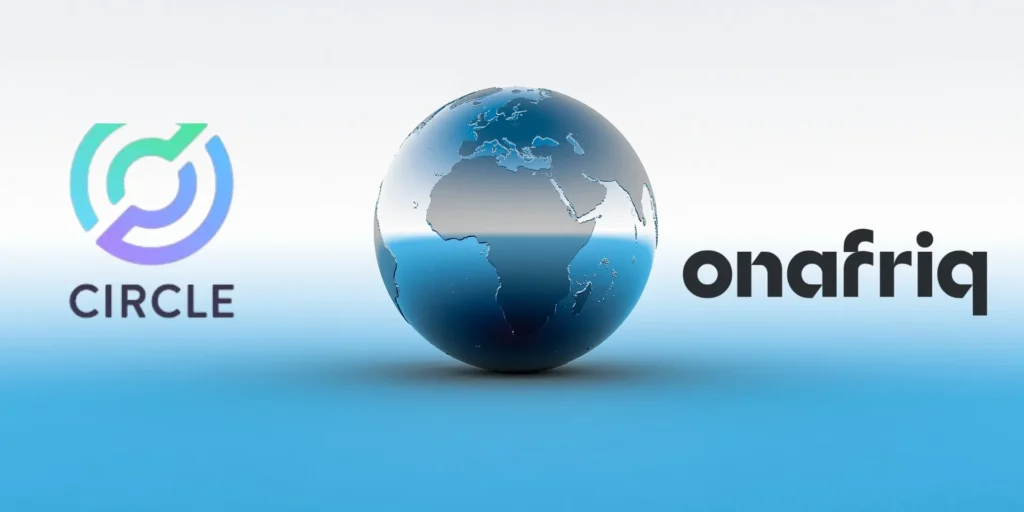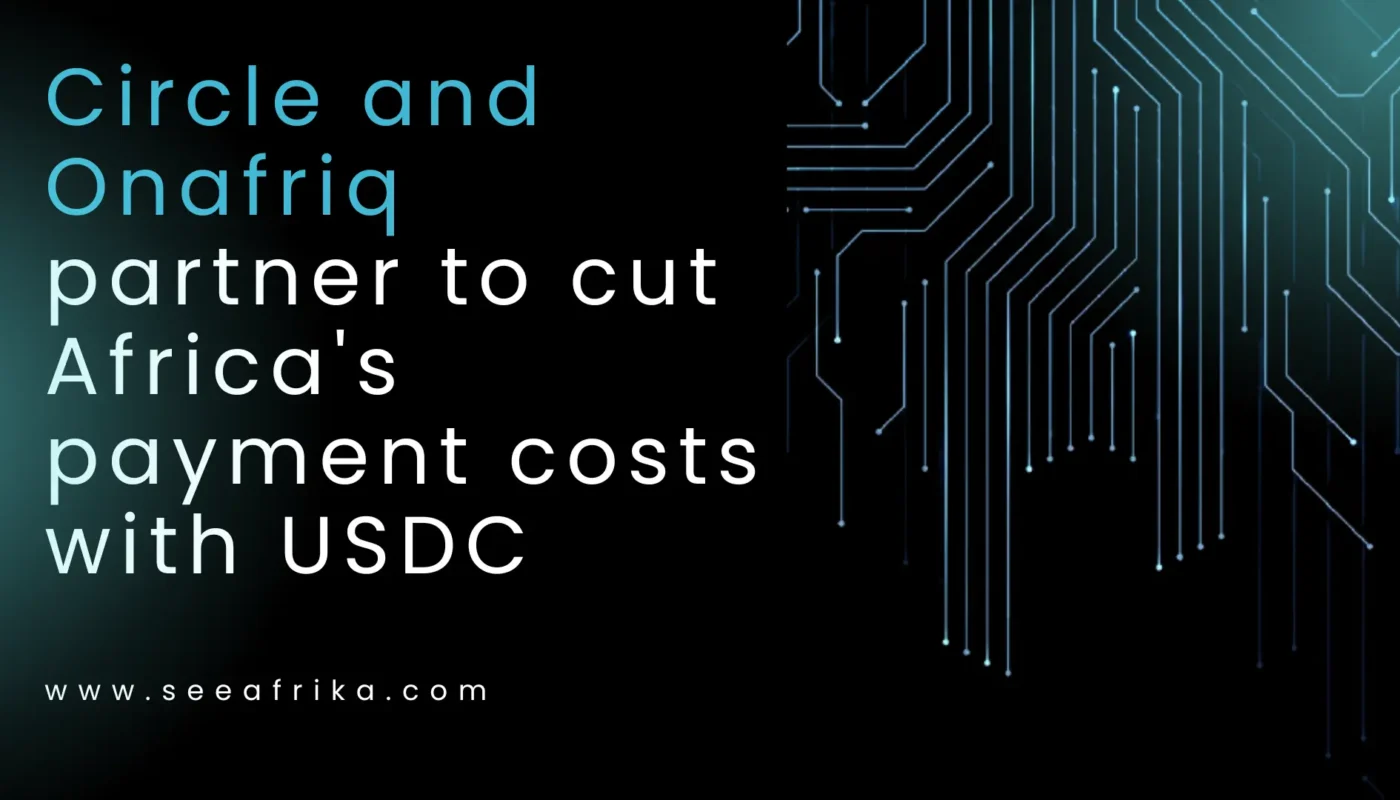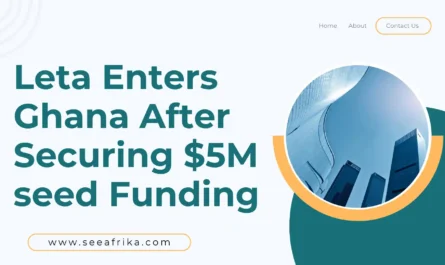Circle, the global leader in stablecoins and issuer of USDC, has announced a groundbreaking partnership with Onafriq, Africa’s largest payments gateway. Together, they aim to revolutionize cross-border payments in Africa using USDC, a leading stablecoin.

Tackling Africa’s Costly Cross-Border Payments
Today, over 80% of intra-African transactions are routed through foreign correspondent banks and settled in foreign currencies, such as the US dollar or the euro. This outdated system costs the continent an estimated $5 billion in annual fees.
By integrating USDC into Onafriq’s vast network, which connects over 500 wallets and 200 million bank accounts across more than 40 countries, Circle and Onafriq plan to drastically cut these costs and make payments faster and more transparent.
Stablecoin in Africa: A Game Changer for Payments
The adoption of stablecoin in Africa is accelerating. Stablecoins, like USDC, are pegged to the US dollar, offering a reliable store of value in regions plagued by currency volatility and inflation.
In Sub-Saharan Africa, stablecoin transactions now account for 43% of the region’s total crypto transaction volume. This surge is fueled by the need for dollar equivalents as local currencies, such as the Nigerian naira, continue to depreciate sharply.
Related News:
Cross-Border Payments in Africa: A New Era
With this partnership, Circle and Onafriq will pilot USDC settlements within Onafriq’s network. This move will:
- Lower transaction costs for cross-border payments
- Speed up settlements using blockchain technology
- Enhance financial inclusion for over 200 million bank accounts
- Provide secure and transparent digital payment rails
- Offer regulator-friendly solutions for digital finance
Dare Okoudjou, Onafriq’s Founder and CEO, emphasized, “By integrating USDC, we aim to simplify transactions, reduce costs, and strengthen trust. We’re not just envisioning the future of payments-we’re actively building it”.
Stablecoin Adoption in Africa: Why It Matters
Stablecoin in Africa is more than a trend-it’s a necessity. Many African countries face high inflation, rapid currency depreciation, and limited access to foreign exchange. Stablecoins provide a lifeline, letting businesses and individuals transfer value across borders, protect their assets, and participate in global trade.
Nigeria, for instance, leads the continent in stablecoin adoption, driven by a dynamic fintech sector and economic challenges. Ethiopia has seen a 180% rise in stablecoin transfers following a significant currency devaluation.
Blockchain in Africa: Driving Financial Inclusion
This partnership also highlights the growing role of blockchain in Africa’s development. Blockchain technology offers secure, transparent, and efficient payment solutions, helping to overcome barriers such as poverty, a lack of trust in institutions, and limited access to banking. By leveraging blockchain, Circle and Onafriq are not only reducing costs but also empowering millions with better access to financial services.
Experts predict that stablecoin in Africa will soon dominate the continent’s crypto landscape, especially as demand for dollar-pegged assets grows. The Circle-Onafriq partnership is a major milestone, setting the stage for more innovation in digital payments, financial inclusion, and economic integration across Africa.
Conclusion
Circle and Onafriq’s partnership marks a new chapter for cross-border payments in Africa. By harnessing the power of stablecoin in Africa and blockchain technology, they are slashing costs, speeding up transactions, and opening doors for millions.
As stablecoin adoption in Africa accelerates, the continent stands poised for a digital financial revolution.
If you enjoy our content, you’ll love the amazing stories we share on Facebook, Telegram, and Twitter!
Subscribe and follow us for more premium SeeAfrika content.




